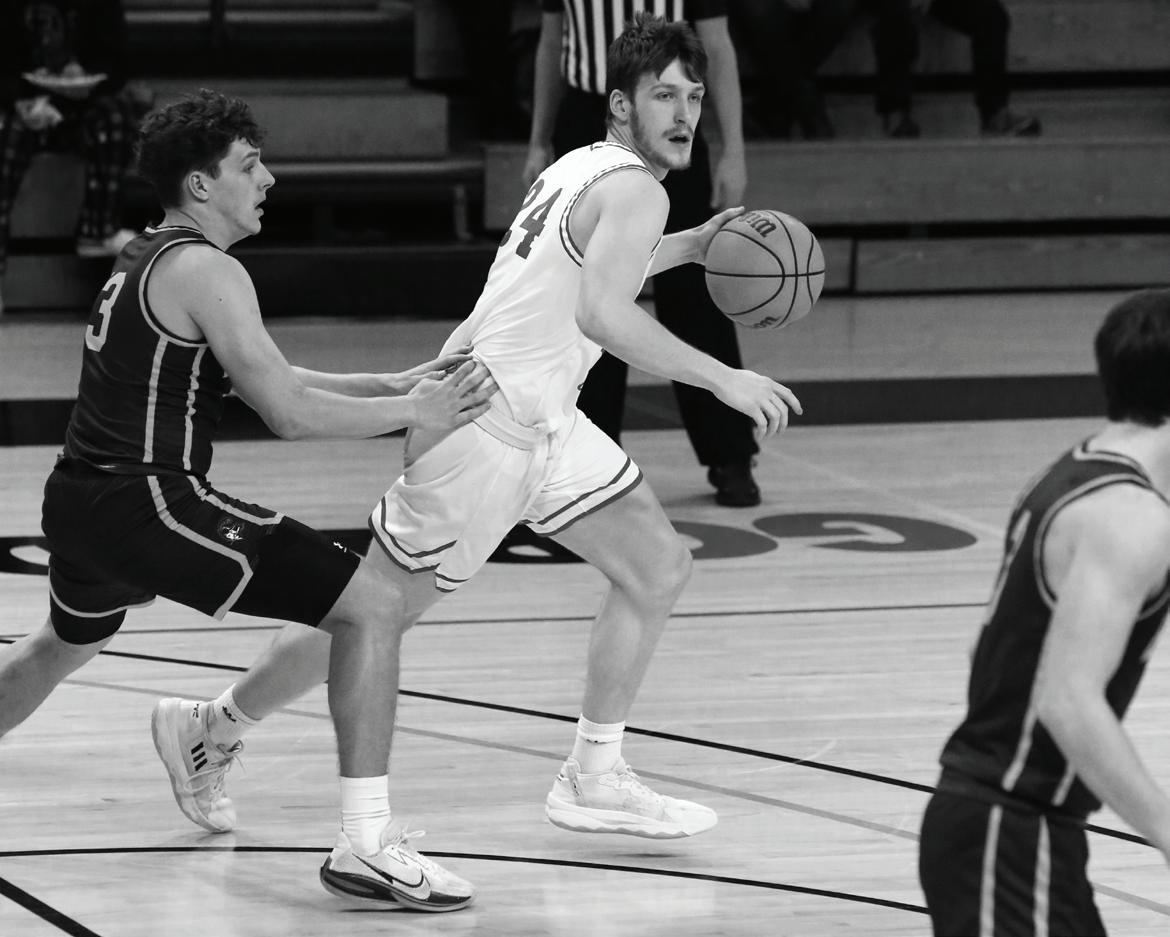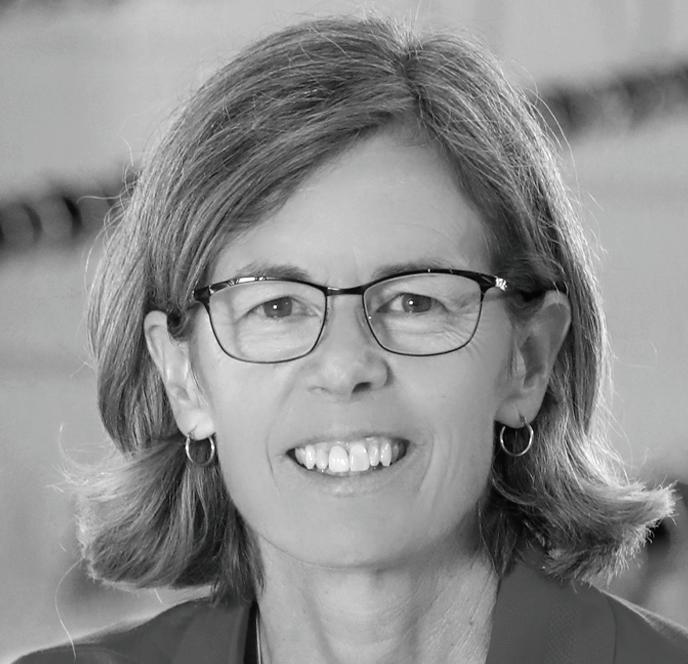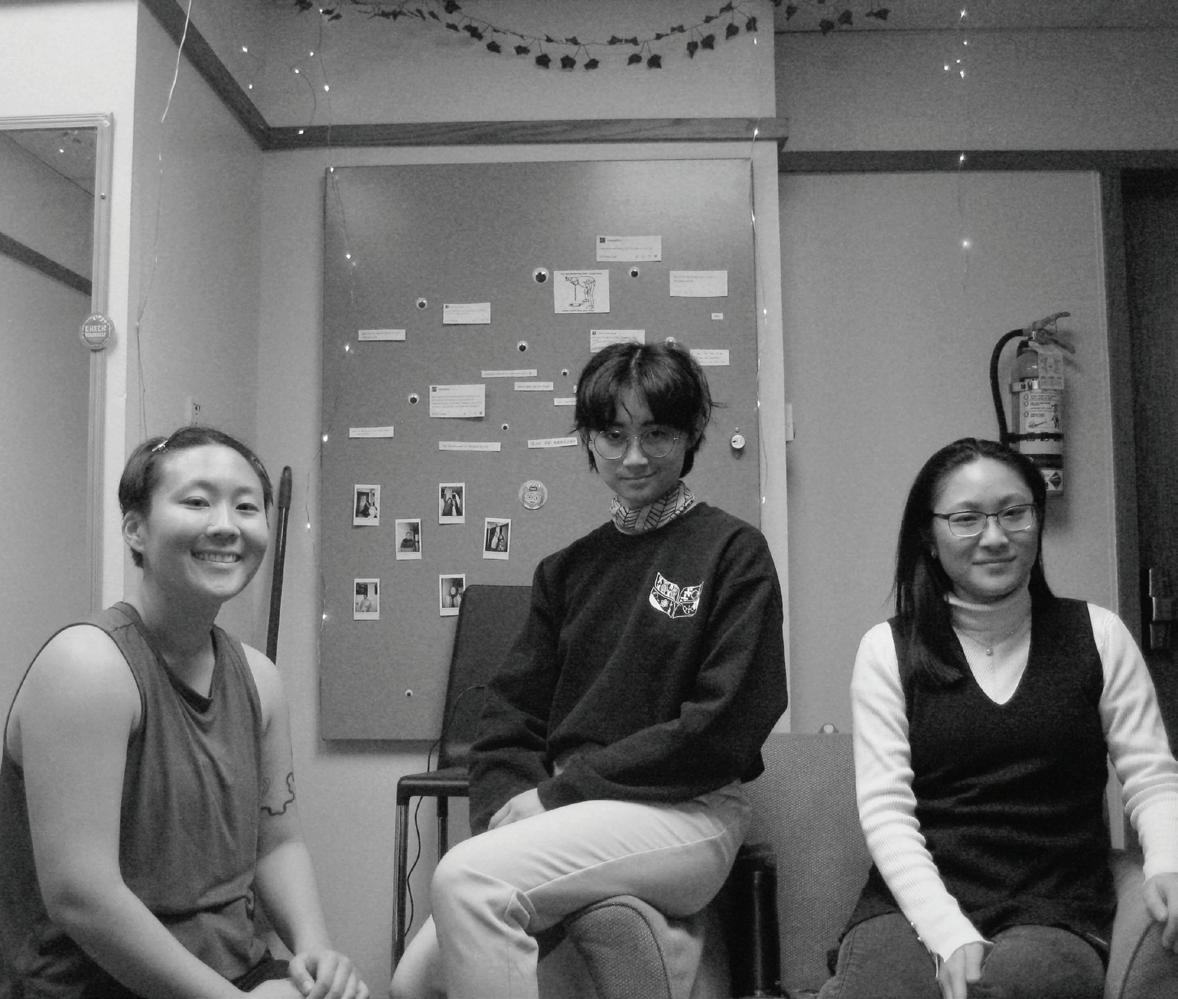
2 minute read
Grinnell College anticipates Supreme Court decisions
admissions, including the idea that affirmative action was a way to remedy societal racism,” he said.
In Bakke, the court held Harvard as the model for constitutional race-conscious admissions practices. Now, Harvard is accused of unconstitutionally capping the number of Asian American students it accepts. Hanson said that there is no evidence that a cap exists, but that the broader issue is whether Harvard can consider race at all.
Advertisement
“I think that the court will latch onto the idea that even thinking about race in the admissions process is improper,” said Hanson. “My guess is that they’ll say that an applicant’s racial identity can’t come into an admissions decision.”
According to Hanson, the court will likely argue that if Harvard, the model for implementing race-conscious admissions, is unable to do so correctly, then no institution should be doing it.
Grinnell’s current admissions model
Since the establishment of affirmative action, the Grinnell College Admissions Office has relied heavily on race-conscious practices, according to Joe Bagnoli, dean of admis- sions and financial aid and vice president of enrollment.
Bagnoli said that the consideration of race currently “sits alongside the factors of academic excellence, activities, recommendations and interviews.”
There are currently far more qualified applicants than available openings for incoming students.
Consequently, Grinnell College President Anne Harris said that race-conscious practices are used to promote the College’s core value of diversity.
“With 13,000 applications this year, a number that continues to increase, admissions can be like landing a 747 airplane on a postage stamp.”
Bagnoli said he believes that the benefits of affirmative action impact all students, not simply those that identify as underrepresented minorities. “Understanding that the world is experienced differently for different populations is an important part of becoming an educated person,” he said.
A future without affirmative action
Roughly 40% of U.S. colleges and universities currently use race-conscious admissions, so the end of affirmative action would require a vast admissions overhaul at many highly selective institutions, including Grinnell College. His- torically, maintaining diversity has proven elusive after transitioning to race-neutral alternatives. When California passed Proposition 209 in 1996, eliminating the use of race-conscious admissions at public institutions, enrollment of domestic students of color dropped sharply.
According to Bagnoli, “California’s public universities have spent nearly a half billion dollars on attempting to recover racial diversity and, still to this day, have never entirely recovered their enrollment of domestic Black students.”
Grinnell may face similar challenges. “Right now, enrollments are hovering around 10% Latinx students and 5% domestic Black students,” Harris said. “These are precarious numbers in terms of our mission of cultivating a diverse community.”
However, Bagnoli believes that the College will sustain its diversity: “Frankly, our commitment to diversity will not wane at all in the wake of the Supreme Court decision,” said Bagnoli. “How we express that commitment and diversity will need to be different, but it will not be reduced.”
Progressing with alternative admissions practices
The Admissions Standards and Financial Aid Committee (ASFAC) and an executive leadership team have spearheaded the process of weighing potential race-neutral admissions alternatives. ASFAC consists of faculty, staff and students, and the executive leadership team includes representatives from the president’s office, academic affairs, legal counsel and the Office of Diversity, Equity and Inclusion.
“In the absence of race, we need to try to find correlations between race and other variables,” said Bagnoli. “That may leave us to use variables like household income, first-generation status and neighborhood and high school data.”
David Hudson `23.5, a senior interviewer and prior multicultural recruitment intern for the office of










